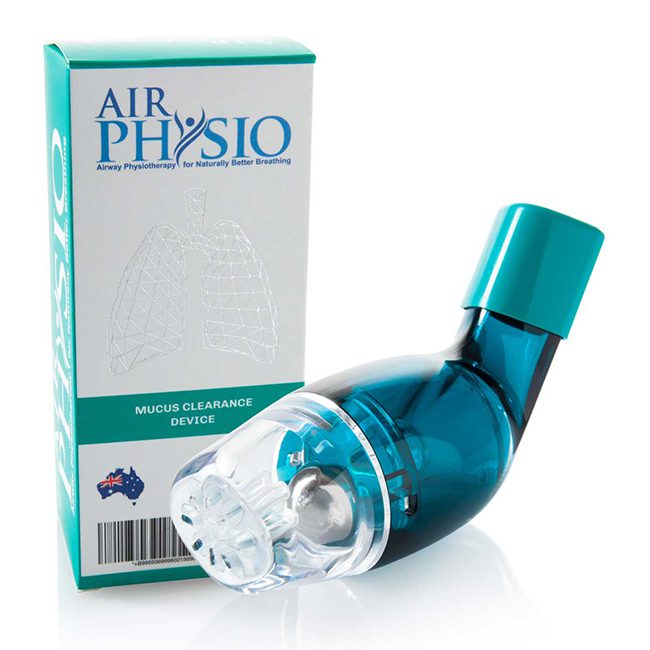Types of devices
Many types of respiratory devices are available to patients with respiratory conditions. The type of device that is best for a patient depends on the severity of their condition and their individual needs. Some common types of respiratory devices include:
-Nebulizers: A nebulizer is a small, handheld machine that delivers medication in the form of a fine mist. Nebulizers are often used to treat asthma and other chronic lung conditions.
-Oxygen tanks: Oxygen tanks are large metal cylinders that store oxygen under high pressure. Patients with COPD or severe other lung conditions may require an oxygen tank to help them breathe. So, use a respiratory device like an air physio to breathe easily.
-CPAP machines: CPAP machines are used to treat sleep apnea. A CPAP machine delivers a steady stream of air through a mask worn during sleep.
-BiPAP machines: BiPAP machines are similar to CPAP machines, but they deliver two different air pressure levels. BiPAP machines are often used to treat sleep apnea and other respiratory conditions.
If you or someone you know has a respiratory condition, talk to your doctor about the best type of respiratory device for your needs. There are many different types of respiratory devices available, so there is sure to be one that can help you breathe easier.
Side effects of using a respiratory device:
While respiratory devices can be helpful for many people, there are some potential side effects. Some common side effects of using a respiratory device include:
-Dry mouth and nose: If you use a CPAP machine or BiPAP machine, you may experience dryness in your mouth and nose. This is because the air from the machine can be very drying. To help alleviate this, drink plenty of fluids and use a humidifier with your machine.
-Skin irritation: If you use an oxygen tank or nebulizer, you may experience skin irritation where the tubing rests on your skin. To help prevent this, clean the tubing regularly and wear loose-fitting clothing.
Thanks for reading!
